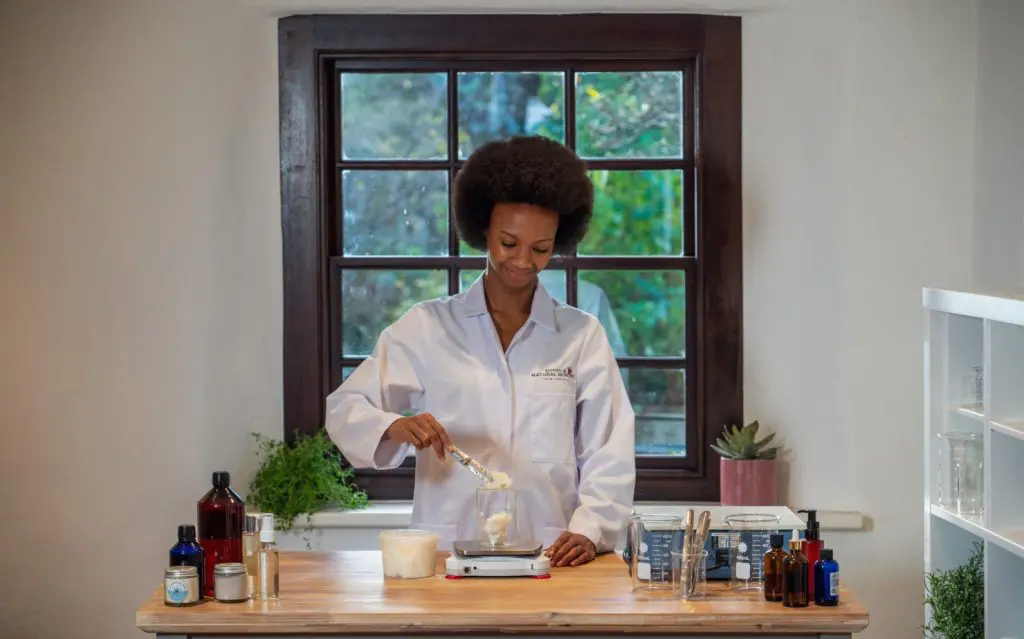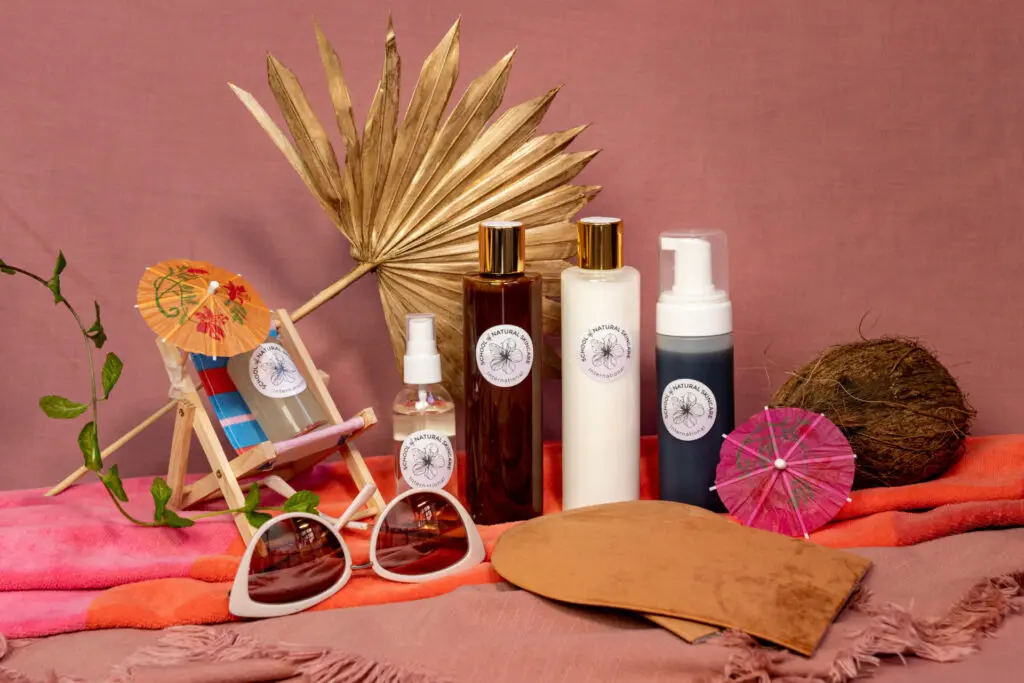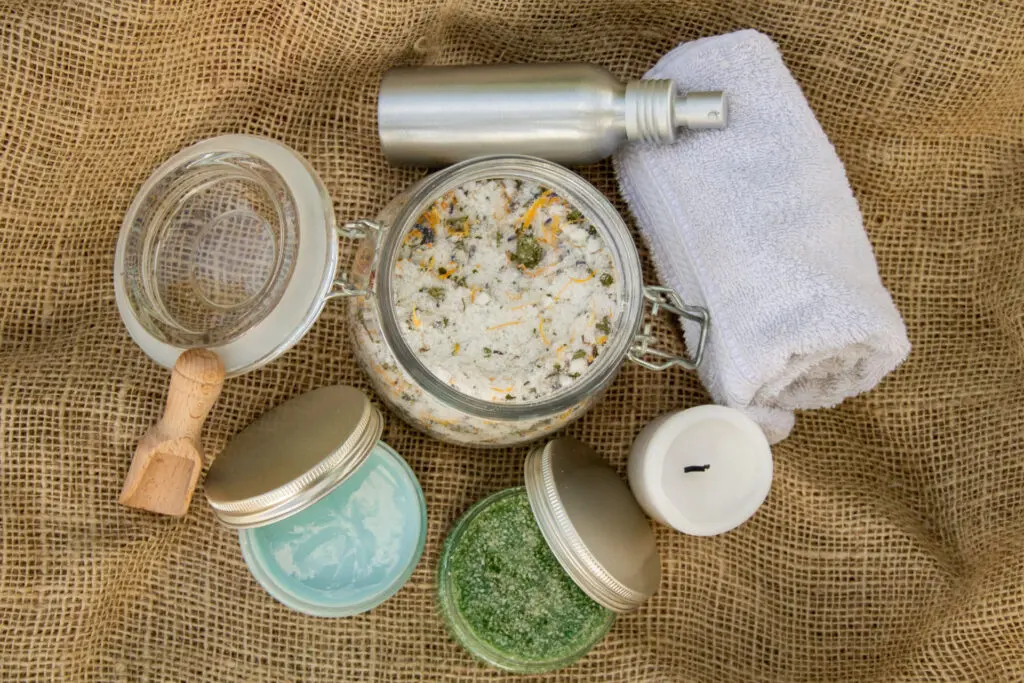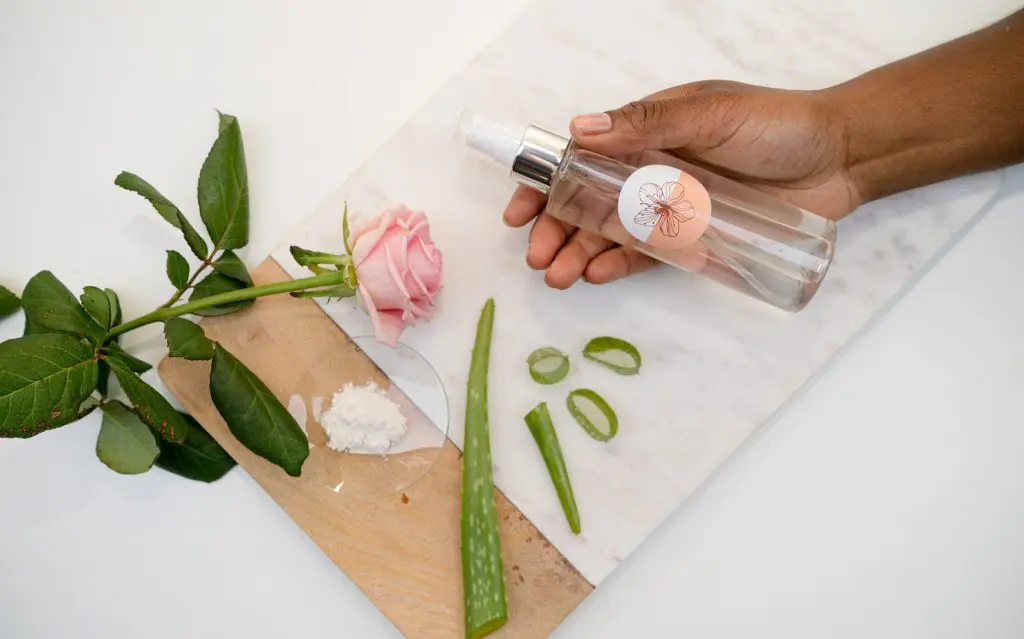Dry skin is a common skin condition that affects millions of people worldwide and is described as flaky, scaling, or dull-looking skin that may crinkle when pushed or depressed with a finger. It occurs when the skin loses its natural oils and moisture, leaving it feeling tight, rough, and flaky. In this article, we will explore the main causes and characteristics of dry skin, and provide tips on how to alleviate and combat this condition.
We’re going to focus on dry skin in this article, but if you’re interested in learning about other skin types, we’ve written a series of articles you’ll want to take a look at. You can read about oily and acne prone skin here, aging and mature skin here and sensitive skin here.
Causes and Characteristics of Dry Skin
Dry skin can be caused by a variety of factors, including genetics, aging, climate, and lifestyle choices. Individuals with a family history of dry skin are more likely to experience this condition themselves. As we age, our skin produces less oil, leading to increased dryness. Cold, dry climates can also exacerbate dry skin, as can hot water, harsh soaps, and other environmental irritants.
There are several causes which contribute to dry, dehydrated skin. It may be one core cause, or a combination of any of the following:
Lower sebum production:
Sebum is the natural oil produced by the skin to help lubricate and protect it. When the skin produces less sebum than it needs, it can become dry, flaky, and itchy.
Aging skin:
As we age, our skin produces less oil and becomes thinner and more fragile. This can lead to dryness, as well as other signs of aging such as wrinkles and age spots.
Dehydration or lifestyle choices:
Lifestyle factors such as diet, alcohol consumption, smoking, and lack of hydration can all contribute to dry skin by depleting the body’s natural moisture levels.
Damage or removal of lipid layer from skin:
The skin’s natural lipid barrier helps to protect it from environmental stressors and retain moisture. Damage or removal of this layer, such as from harsh soaps or over-exfoliation, can lead to dryness and sensitivity.
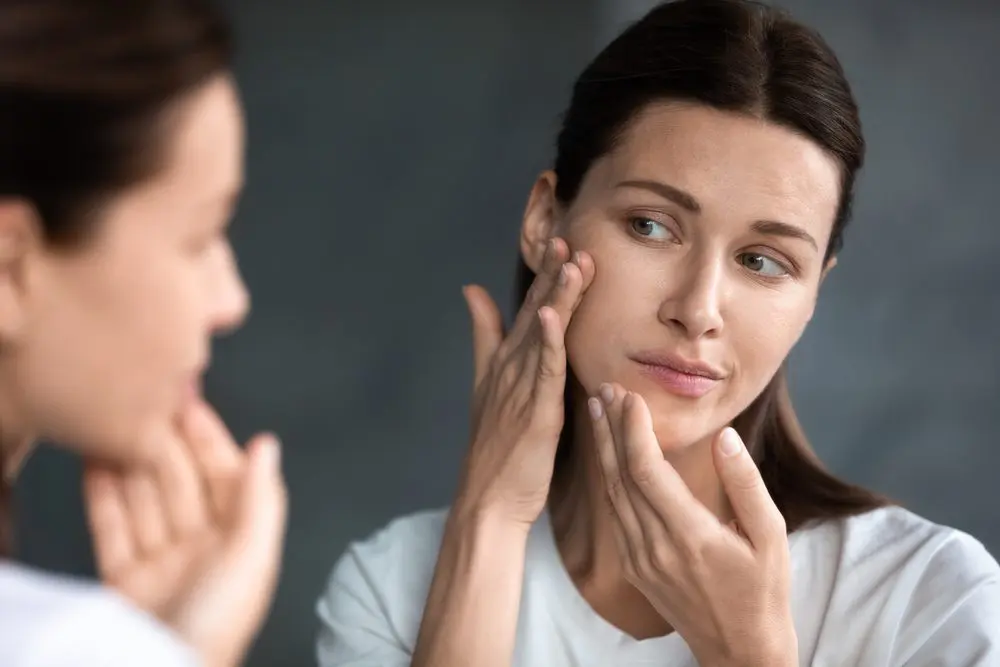
Overexposure to elements or drying conditions:
Exposure to dry or windy conditions, air conditioning or heating, and hot water can all strip the skin of its natural oils and lead to dryness and irritation.
The primary symptoms and characteristics of dry skin include:
- Tightness and discomfort, especially after showering or bathing
- Irritation, itching, soreness, redness, and flaking
- Inflammation and/or cracked skin
- Feeling of tightness after coming in contact with water
- Rough or scaly patches of skin
- Fine lines and wrinkles, particularly around the eyes and mouth
- Dullness and lack of radiance
Knowing about the skin can help to make better products and transform the look and feel of our skin. The better your skin anatomy & physiology, the more aware you become about certain traits and characteristics of particular skin types, the easier it is to deliberately select the right ingredients for your natural skincare products. Fortunately, when you formulate your own natural skincare products, this is central to what you will do and means you’re empowered to make the right decisions about what you use on your skin.
To find out more about the structure and function of the skin, how the skin works and how natural skincare can help protect your skin, you’ll want to check out these two articles, Understanding How Your Skin Works and Learning skin anatomy & physiology: the key to formulating for different skin types.
When making your own natural skincare products for dry skin, it is important to consider the specific needs of this skin type. These articles will set you off on the right path to understanding more about the skin and formulating for different skin types.
What are the best natural ingredients for dry skin?
Fortunately, when it comes to natural skincare, there are so many different ingredients to choose from. In fact sometimes you could suggest there are too many! So today, we’re going to give you some of our favorites 🙂
Students of our Diploma in Natural Skincare Formulation learn to deliberately select the right ingredient for the right type of product to suit a specific skin type, need or preference. They do it in a way that means the product created conforms to their values and beliefs too!
You can find out more about this in a couple of articles we wrote on that very subject: The Complete Guide to Natural Skincare Ingredients and Raw Materials and The Diploma in Natural Skincare Formulation: A Complete and Comprehensive Curriculum.

10 Natural Ingredients to Combat Dry Skin
When formulating natural & organic skincare products for dry skin you’ll want to look for ingredients that are known to soothe, moisturize and hydrate the skin.
Here are 10 recommendations:
- Aloe vera:
This plant extract is known for its soothing and hydrating properties, making it an excellent choice for dry, irritated skin.
See our article, The Power of Aloe Vera in Skincare: The Multi-Purpose Ingredient Transforming Skincare Products for more information.
- Avocado oil:
Avocado oil is rich in fatty acids and vitamins A, D, and E, making it an excellent choice for nourishing and hydrating dry skin.
- Hemp seed oil:
This is an oil rich in essential fatty acids and antioxidants, making it an effective ingredient for dry skin as it helps to hydrate and soothe the skin while reducing inflammation and improving its overall health and appearance.
- Shea butter:
Shea butter is a popular ingredient in skincare products for dry skin, as it is rich in fatty acids and vitamins that help to moisturize and soothe the skin.
You can take a look at our article, Unlocking the Benefits of Shea Butter for Natural Skincare: From Women’s Gold to Skincare Essential to find out more about Shea Butter.
- Waxes:
Jojoba wax and beeswax are natural occlusives that help to build the barrier repair function and protect the skin. They help to lock moisture in and reduce transepidermal water loss (TEWL). This helps to keep the skin hydrated and promote skin that is soft and smooth.
See our article about Beeswax (and vegan alternatives) here.
- Ceramides:
Ceramides are a type of lipid found in skin cells that help to form the skin’s natural barrier, preventing moisture loss and protecting against environmental irritants.
- Phytosterols:
Phytosterols are found in unrefined plant oils. When applied topically, phytosterols can soothe and moisturize skin. Soy phytosterols in particular can help replenish and restore aging skin, keeping it pliant and supple.
- Glycerin:
Glycerin is a humectant that helps to attract and retain moisture in the skin, leaving it feeling soft and supple.
- Panthenol:
Also known as Pro-Vitamin B5, is a powerful humectant that helps to hydrate and soothe dry skin by improving its ability to retain moisture and reducing inflammation.
- Hyaluronic acid:
Hyaluronic acid is a powerful humectant that helps to attract and retain moisture in the skin, making it an effective ingredient for hydrating dry skin.
To find out more about Hyaluonic acid, you can read our article, What is Hyaluronic Acid and How To Use It In Natural Skincare?
Remember to always research your ingredients first and check for any contraindications that might mean they are not suitable for you to use. Also, always patch test new ingredients and products and to consult with a skincare professional if you have any concerns or questions about your skincare routine.
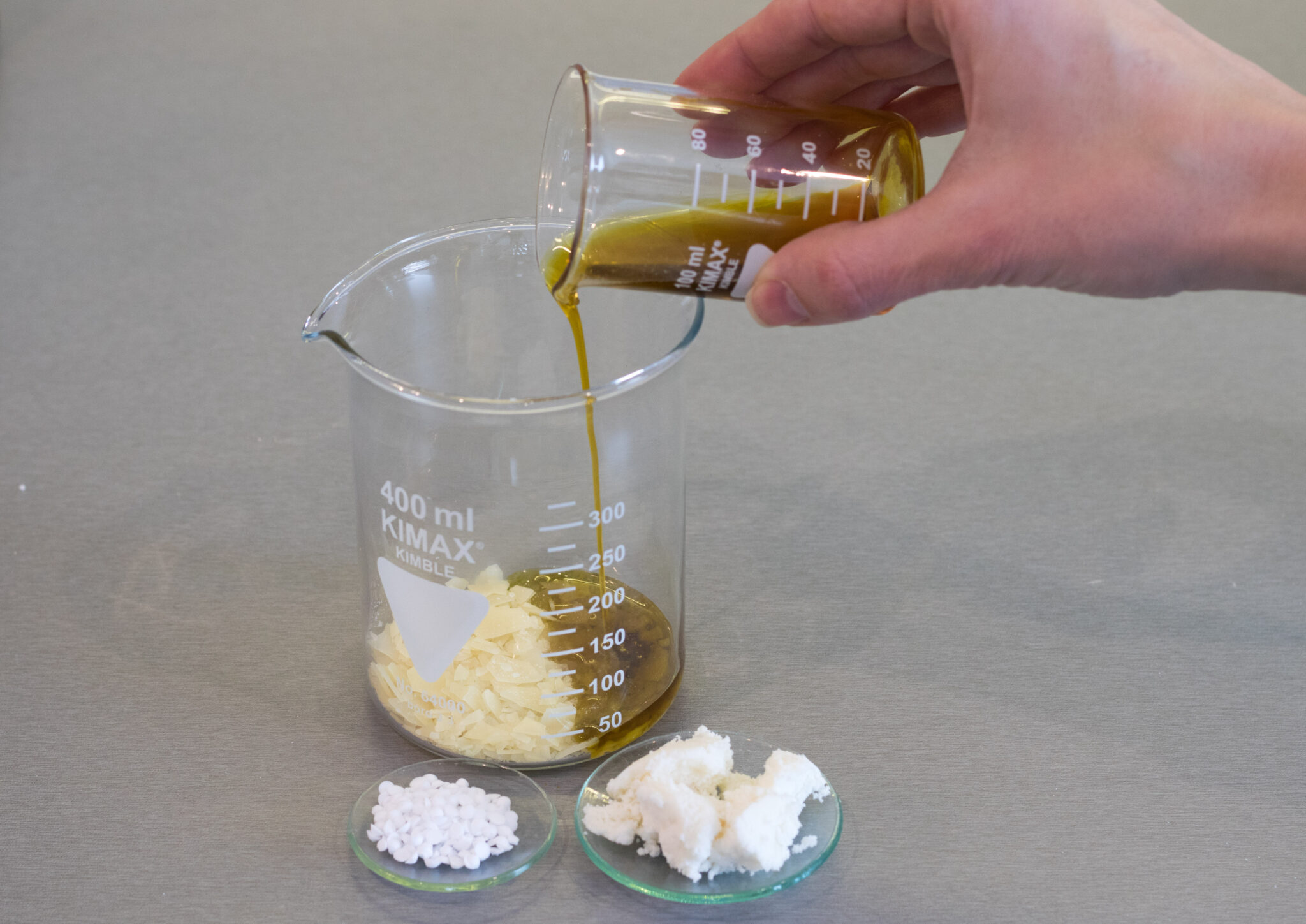
8 Skincare Solutions For Dry Skin
Now that you have some knowledge of the causes, characteristics of dry skin and have some of our top ingredient recommendations, what could be some good solutions to combat and alleviate dry skin?
- Use a gentle, natural-based cleanser:
Instead of harsh cleansers, go for unscented, mild cleansers with natural hydrating and soothing ingredients.
To find out more about natural cleansers, we have two articles for you. You can read our article, The different types of natural (non-foaming) cleansers you can formulate and also our article, Formulating Your Own Cleansers: A Detailed Guide to Effective, Safe, and Sustainable Cleansers For All Skin Types.
- Select plant butters or oils:
Look for plant butters or oils for extra hydration, while colloidal oatmeal or calendula work well for sensitive, irritated or itchy, dry skin.
- Use anhydrous cleansers:
Perhaps anhydrous cleansers, like cleansing oils and balms will suit you – those are known for not causing dry skin after use.
- Hydrate with humectants:
Humectants pull moisture from the surrounding environment into skin cells to keep the skin hydrated. Panthenol, sodium lactate and hyaluronic acid are examples of humectants.
- Moisturize with emollients:
Apply emollient-rich moisturizers to lock in hydration. Carrier oils and butters are emollient, for example shea butter, avocado oil and hemp seed oil offer emollient qualities.
- Protect with an occlusive:
Occlusives help to prevent TEWL, or moisture escaping from the skin. Jojoba oil, waxes and butters are effective occlusive ingredients, for example.
- Strengthen the skin barrier:
An injured skin barrier is often a factor in dry skin so products that help to repair it can be very useful. Fatty acids like linoleic and alpha and gamma linolenic acids are helpful so look for carrier oils high in these. Avoid oleic acid which can damage the lipid barrier. Also ceramides and phytosterols can help to rebuild the protective lipid layer of the skin.
- Use sunscreen:
It is best to use a broad-spectrum sunscreen daily, to protect from the damaging effects of ultraviolet sunlight.
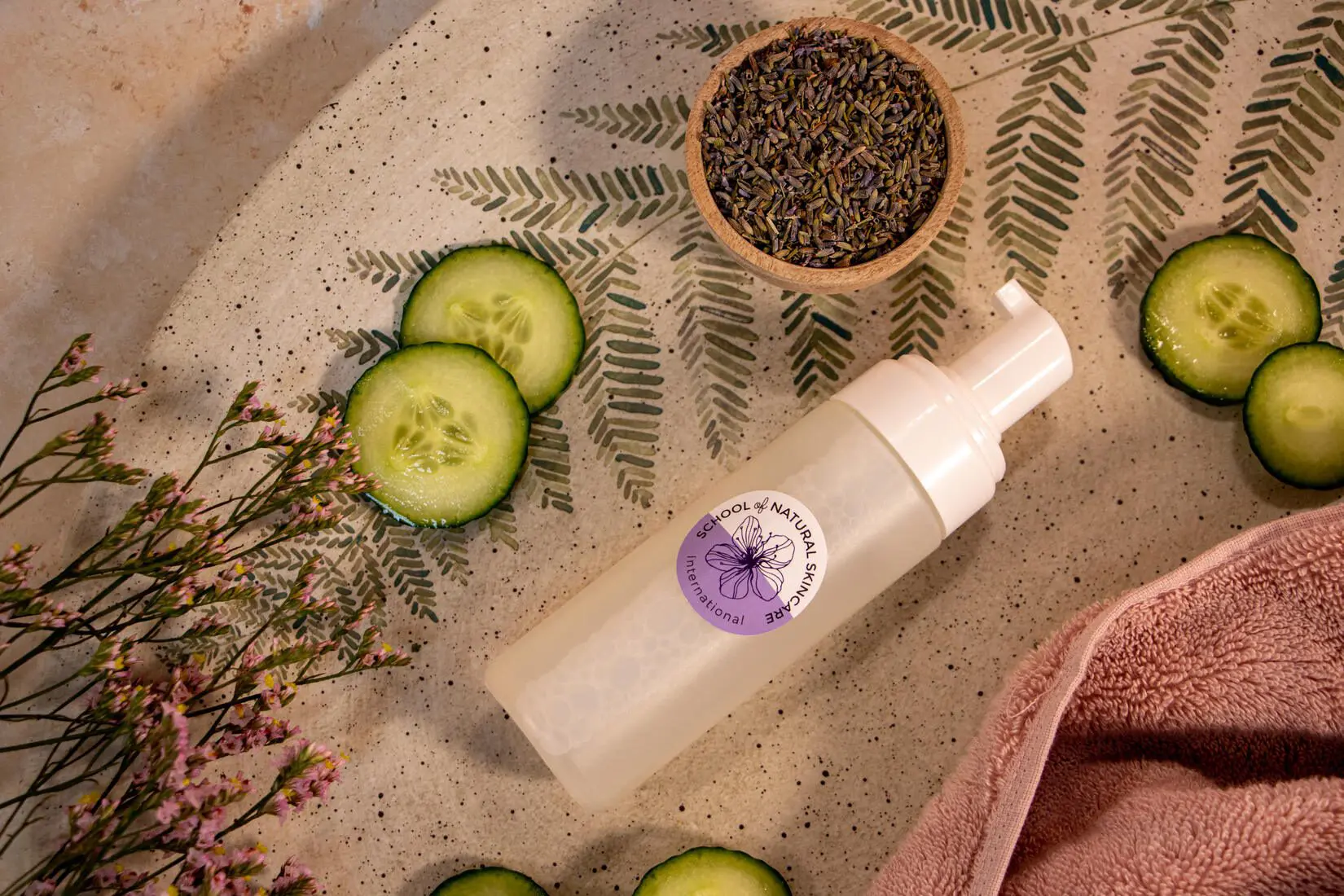
To get you started and for more information about helping to alleviate dry skin, take a look at our article, Why dry skin needs creams and lotions more than balms and butters: What You Need to Know to Soften and Nourish Dry Skin.
If you are struggling with dry skin, there are a few additional steps you can take to alleviate and combat this condition.
These include:
- Avoiding hot showers or baths, as these can strip the skin of its natural oils
- Applying a moisturizer immediately after showering or bathing, while the skin is still damp
- Using a humidifier to add moisture to the air
- Drinking plenty of water to hydrate the skin from the inside out
Why Making Your Own Skincare Products is Better than Buying Products
Making your own skincare products can be a great way to tailor your skincare routine to your specific needs. When you make your own products, you have complete control over the ingredients, allowing you to choose those that are best suited to your skin type.
Additionally, making your own products can be a cost-effective alternative to buying expensive skincare products. Many natural ingredients, such as those mentioned above, can be purchased inexpensively and used in a variety of natural skincare products.
Then it is just about learning the practical skill of making your own natural skincare products and that’s where we come in. Learning to formulate your own products from scratch like a professional, without following other people’s recipes is what students of our Diploma in Natural Skincare Formulation are able to do and within a few months of enrolling with us, you can too.
First of all, you’ll learn about the importance of weaving your values and beliefs into your formulations and explore the idea of how you will go about doing that – after all, wouldn’t it be amazing to not only make some great products, but go one step further to create products that are totally unique to you?
From there you’ll follow our step-by-step design process to formulate products and select ingredients to achieve the result you or your customers desire. This is where you’ll learn the steps required to take a product from concept through to a final product that is ready for sale.
Then you’ll develop a product concept using a product development brief and a benchmark, write a formula in the correct manner, evaluate your product’s sensory characteristics and submit your product for the appropriate lab tests.
And before we get you formulating, you’ll learn about:
- Lab skills, equipment and packaging
- The anatomy & physiology of the skin and how it works (so you can formulate for different skin types, needs and preferences).
- Natural skincare ingredients and raw materials with your 600+ page ingredient textbook which is the most comprehensive resource available on all the ingredients and raw materials used in natural & organic skincare.
- Natural preservation and how to preserve your products naturally
Then we’ll get you formulating your own complete range of natural skincare products including these:
- Oils, butters, balms and salves
- Spa-style salves, soaks, scrubs and polises
- Toners, spritzers, mists and gels
- Creams and Lotions
Before you formulate your creams and lotions, you’ll learn about the science of emulsification, which is much more than just adding an emulsifier!
And to finish off, there are some additional resources to make sure you have the complete natural skincare knowledge you need.
- Module 14 Cosmetic Regulations and Business Essentials. Comply with cosmetic, labeling and claims regulations.
- Formulating Face and Body Washes with Natural Surfactants
- Formulating with AHAs and BHAs
- Digital Copy of the International Bestselling Book A-Z of Natural Cosmetic Formulation
To find out more about the Diploma in Natural Skincare Formulation and to enroll, just click here. If you have any questions, please contact our customer service team using [email protected]
Free Guide
The Beginner's Guide to Formulating Natural Skincare Products (From scratch, like a professional!)
Start creating your own natural skincare products from scratch – rather than simply following recipes!
Learn how to formulate like a pro and discover our top tips for becoming a confident skincare formulator.
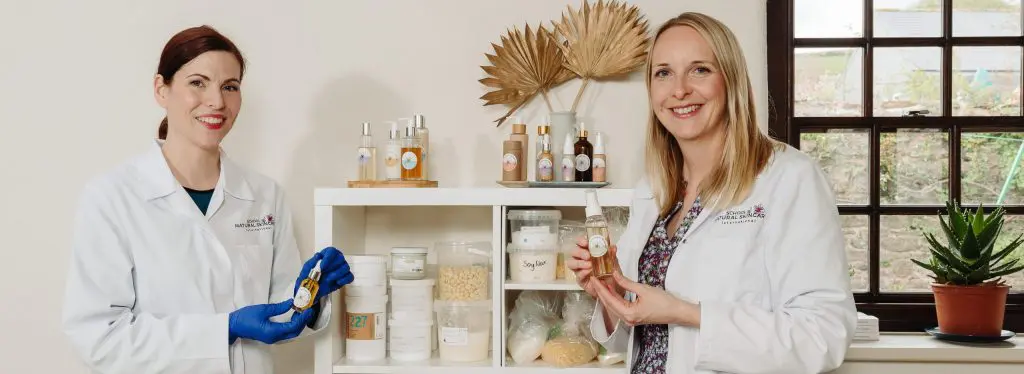
Exclusive for our newsletter subscribers. Sign up now.
We look after your data in accordance with our privacy policy.
Download this fabulous guide and you’ll learn:
- What formulating is and why you need to be doing it!
- The difference between following recipes and formulating your own products.
- Our step-by-step process to designing products people love.
- Four easy ways to personalize your skincare products.
- Choosing the right carrier oils for your beauty products.
- Plus, you’ll get our Safe Product Checklist: How to make sure the skincare products you make are safe and stable
